By: Philip Shinn
January 16, 2022
Report on Bumble Bees at Dave Skinner Palouse Preserve 2021
On June 6, 2021 I joined Joel Sauder, IDFG, and Emma Sondker, PLT, for PNW Bumble Bee Atlas training at Dave Skinner Palouse Preserve. We caught six bumble bees mostly on snowberry and wild rose; transferred them from the net to vials and chilled them. We did not identify or photograph them, and so the bees were released. All recovered and flew away once they warmed up.
As reported before; after seeking and receiving permission to survey bumble bees on the Skinner Preserve my wife, Evelyn Simon, and I hiked to the site June 13, 2021 and attempted to catch bees in nets for 45 minutes as required by PNW BB Atlas survey criteria. While we saw a number of bees in the air we were only able to net four females who were feeding on snowberry. We transferred them to vials, chilled, photographed and identified them. All the bees recovered from torpor and resumed foraging. Later we uploaded our data to www.bumblebeewatch.org.
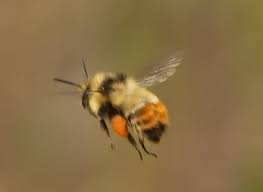
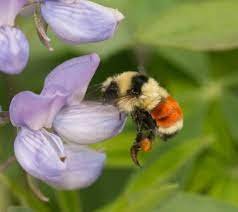
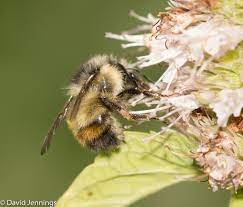
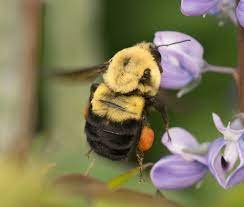
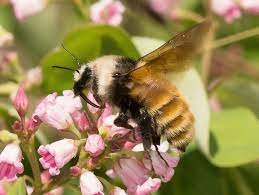
After experts there verified and/or changed our species identification we found we had netted one each of four species: White shouldered bumble bee, Bombus appositus, Central bumble bee, Bombus centralis, Brown belted bumble bee, Bombus griseocollis, and Red belted bumble bee, Bombus rufocinctus. Other floral resources we noted in bloom at the time were arrowleaf balsamroot, slender cinquefoil, snowberry, houndstongue, wild rose, lupine, mule ears. Yarrow, sticky geranium, little sunflower, winterfat.
We returned to the Preserve on July 18, 2021. We noticed bees while walking across the hayfield to the undisturbed native prairie area. Almost all of the floral resources in that area had finished blooming for the season and we found no bumble bees. Walking back to the car through the hayfield we caught 14 bees in 45 minutes. All the bees recovered from torpor and resumed foraging. Later we uploaded our data to www.bumblebeewatch.org. (The illustrations below were borrowed from PNW Bumble Bee Atlas.) We caught the following number of each of three species we were able to identify:
Eight Red-belted bumble bees, Bombus rufocinctus, were identified. Six were female, two were male. All were feeding on alfalfa.
Two Hunts bumble bees, Bombus Huntii, were identified. Both were females feeding on alfalfa.
Two White-shouldered bumble bees, Bombus appositus, were identified. One was female; feeding on alfalfa. The sex of the other was undetermined and feeding on Canada Thistle.
The species of the remaining two bees was not determined. One was female, one was male. Both were feeding on alfalfa.

